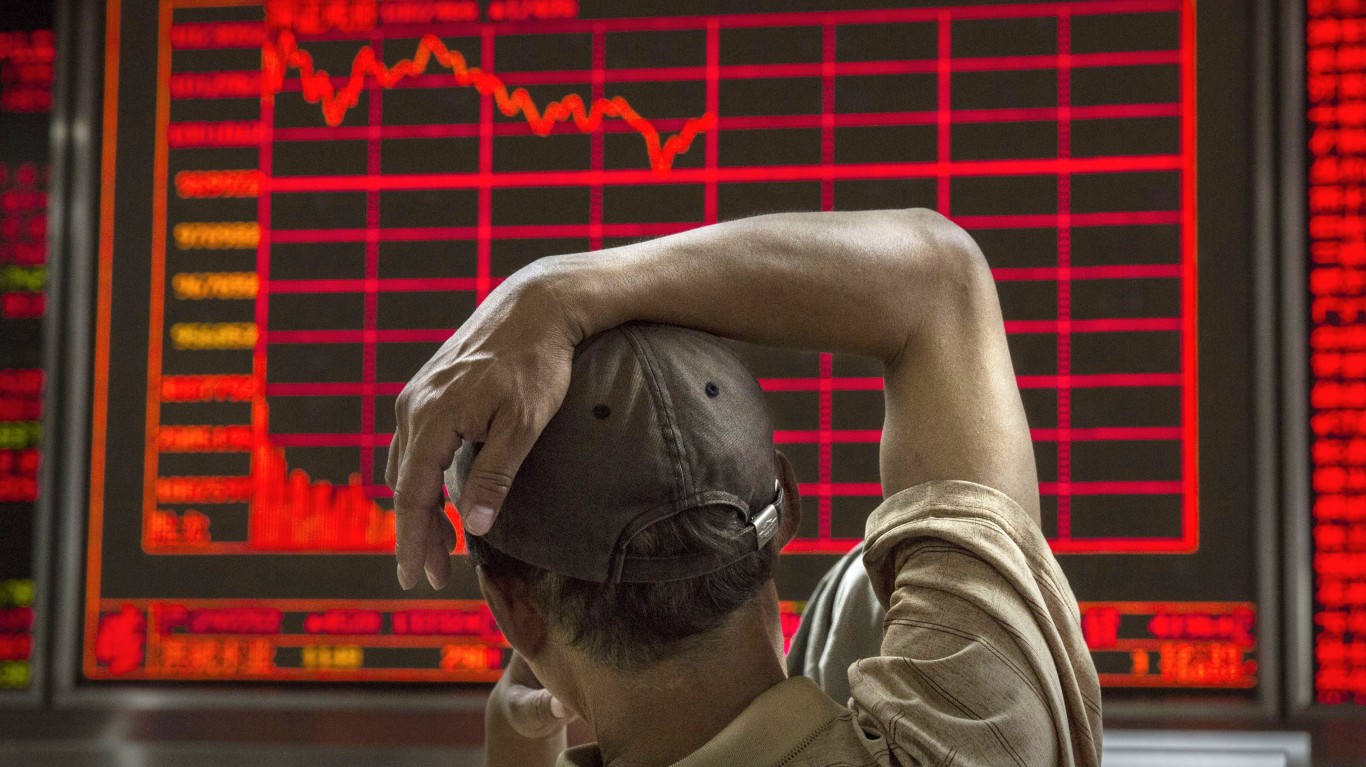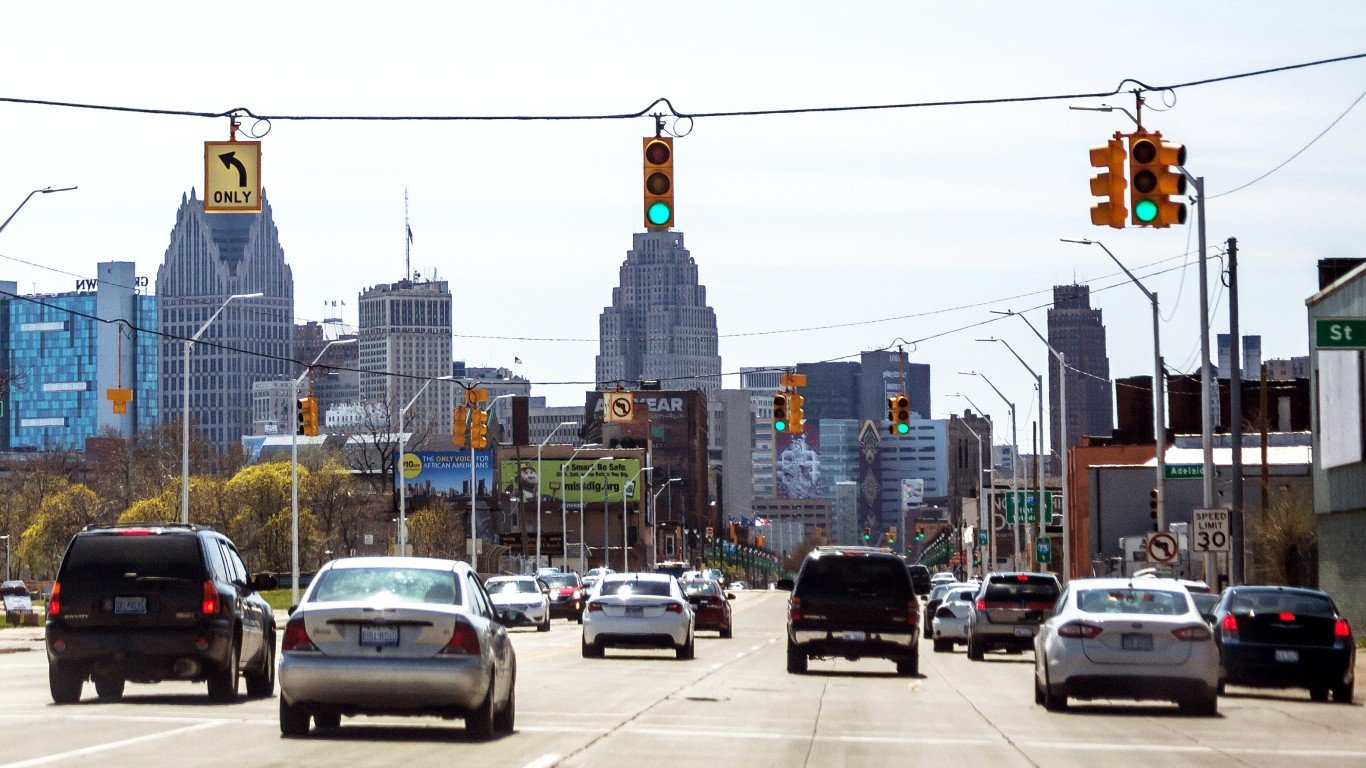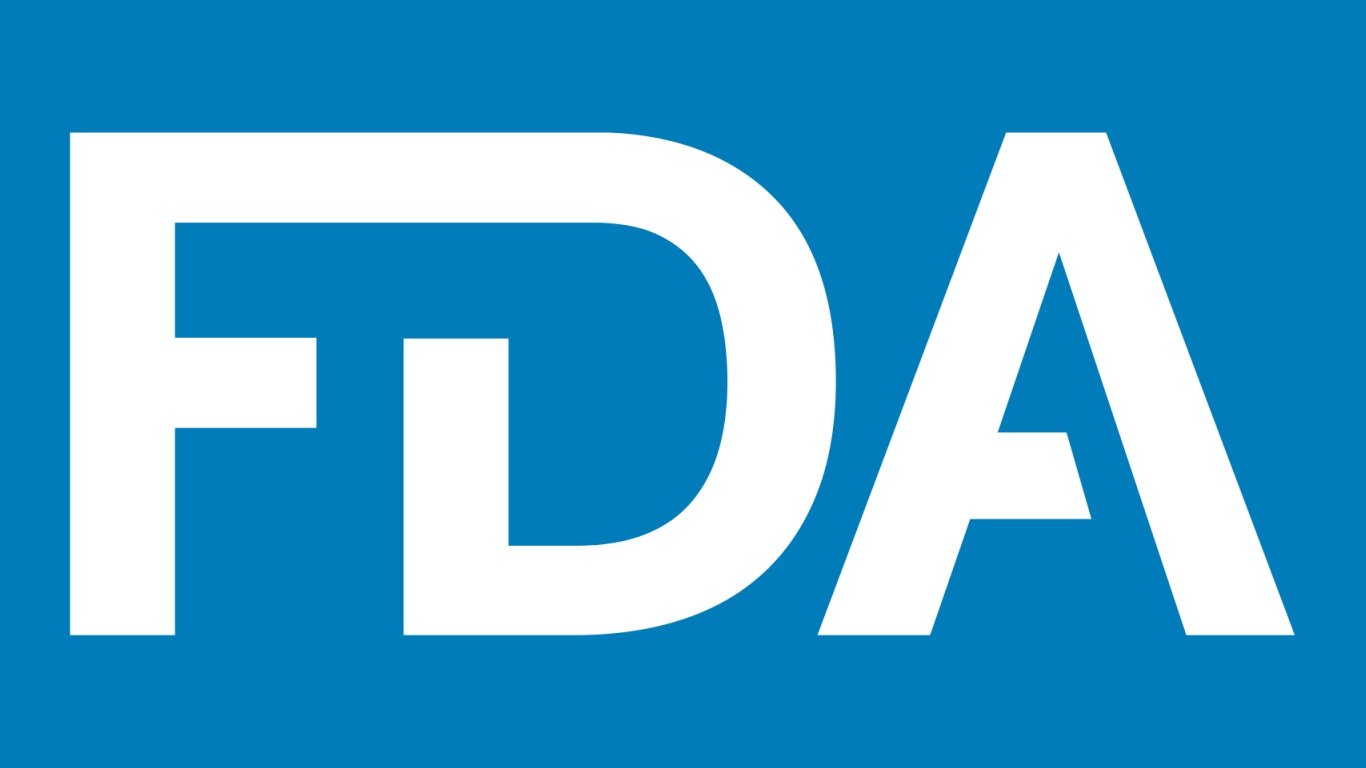

It was a difficult mental and physical transition to move from an 11 year raging bull market to an instant recession and bear market in 2020. The stock market has to lose 10% for a “stock market correction” and it has to fall 20% for a so-called “bear market.” From the February peaks to the March 23 troughs, the Dow fell by 38.4%, the S&P 500 fell by 35.4% and the tech-heavy NASDAQ fell by 32.6%. Zoom forward just two weeks after the March bottom and suddenly things do not look all that bad.
24/7 Wall St. wanted to look at the recovery that has been seen in the last two weeks to determine if the selling capitulation and the more recent buying euphoria should be the case or not. This may be a sad statement when people are becoming so ill and dying, but using the lessons of history as a guide forward are feeling less than perfect.
Despite millions of jobless claims, despite most of the country being stuck at home, despite a cratering in GDP, and despite the scare of the coronavirus itself, the major stock indexes have now basically recovered half of their losses in just the last two weeks. As of the closing bell on Wednesday, April 8, 2020, the Dow has bounced 28.6% from its low and the 23,433.57 close is now just over 450 points from recapturing half of its losses. The Dow is also now barely in a bear market territory with a loss of 20.7% from the peak.
Things are looking better for the “bear market territory” in the S&P 500 and the NASDAQ. The S&P 500 closed up 3.4% on Wednesday at 2,749.90 and that is a 25.5% gain from its lows in March The S&P 500 only has to get back to 2,792.69 to have recovered half of the entire bear market losses and the S&P 500 is technically not even in bear market territory now that the index is down 18.9% from its peak. The NASDAQ has to now rally just 145 points (not even 2%) and it will have recaptured half of its losses and the NASDAQ is also just in correction now with its shares down 17.7% from the peak in February.
One issue which had made things better for the stock market, and will hopefully help the broad economy in step, is that the U.S. government did not wait to get the economic stimulus and rescue package going. President Trump and Congress were actually able to come together in a dire time of need, even if there is still plenty of finger-pointing and blame on every side.
The financial rescue tally has been identified as $2.2 trillion in aid from the U.S. alone, but that is already expected to be raised under the CARES Act of 2020. That $2.2 trillion also does not count all of those repurchase (repo) agreements from the Federal Reserve Bank of New York to stabilize the Treasury markets, fed funds rates, and even to facilitate smoother currency transactions.
The Federal Reserve was slow to respond initially, but two emergency interest rate cuts took Fed Funds back to a 0.00% to 0.25% range that prevailed for years after the Great Recession. That zero-interest rate policy comes with problems for many segments of the economy and for savers alike, but it is still better than the negative interest rates that are still very much present in Europe and in Japan.
The Fed’s purchases of debt securities has also gone into overdrive, and after coming back down to $3.75 trillion in securities held in September of 2019 that is now approaching $6 trillion (at $5.81 trillion last week) and has blown through the prior peak of $4.5 trillion.
What has been amazing about this latest stock market recovery is that it is looking just as unusual as the fall from grace that was seen from February through March. The only good news about the COVID-19 news reports is that the number of deaths and the number of new cases have started to reach a leveling off in parts of America, while improving in Europe and while China is getting back to work. The numbers surrounding the US coronavirus cases are still nothing short of atrocious. There is no cure, testing remains less than perfect and there is still a controversy about whether or not the drug chloroquine (or hydroxychloroquine) is a good treatment for fighting the coronavirus.
As for the economy, the economic data has only just begun. There were nearly 10 million people who turned in new weekly jobless claims in just two weeks, and we are sure to get an even worse picture with jobless claims on Thursday morning. The official unemployment rate has only just begun to skyrocket and the spike up in March only reflected the data half-way through the month of March. The recessionary numbers seen in services and manufacturing also had the benefit of prior projects being completed, and it’s becoming quite common to see GDP projections of GDP falling more than 20% in the second quarter.
On top of a general demand destruction in business, the hospitality businesses around travel and leisure have been destroyed. The mandatory closures throughout much of the nation have restaurants and bars effectively closed, hotels and airlines have almost zero demand, and cruises are shut down. Malls are abandoned, retail is shut down except for the non-essentials businesses, and there is not even any live sporting events and no public events of any sort to watch. If the economic numbers looked bad for March, April’s numbers will resemble an economy that has large portions of the population that have simply vanished.
As for the stock market, many technicians and strategists have pointed out that bear markets and recessions require a retest of the lows. In 2008 and 2009 that happened, and the bottom of the stock market took several months after the Lehman Brothers collapse and the passage of the TARP and public mortgage bailouts before happening. And after the 9/11 terror attacks of 2001, stocks did not bottom out for another year before finally recovering.
It is widely expected that the earnings season for the first quarter of 2020, and likely the second quarter, will be atrocious. With the exception of businesses that benefit from the stay-at-home and work-from-home economy and those that have a coronavirus fight to their model, an overwhelming majority of companies have formally suspended or withdrawn guidance. Banks are now expected to be under pressure in a worse scenario than most of the stress tests have provided for, and they have suspended stock buybacks and some are expected to cut or suspend their dividends. There was a brief period in the panic where investors even worried that the safe-haven utilities and Dividend Aristocrats were at risk of dividend cuts (or worse).
After all the negative that has been seen, what if things just were never as bad as they seemed? Some market strategists have already called a bottom in the stock market. Others believe that a retest will definitely come because the atrocious news has yet to be factored into the economy. The Small Business Administration efforts to get forgivable loans to struggling businesses to maintain their payrolls have yet to filter back into the economy at all. It is also widely expected that the Federal Reserve or other efforts will be made to add further stimulus if the current stimulus fails to support the economy.
There is a reason that the stock market and the financial markets are so hard to understand. They all have a serious degree of “price discovery” speculation that looks to predict where the economy and where the world of finance will be in the coming quarters rather than just the headlines of that day. Markets react to news each day, sometimes reacting to the same bits of news each time it comes out. And the “efficient market hypothesis” where everything is adequately priced into the markets has proven to be more of a myth over time because the market is never able to find equilibrium and it always swings up too high and down too low.
There is something else that needs to be considered. The more and more smart money investors who expected a retest may have created a paradox where the retest of the low wasn’t going to happen because too many people were expecting it. The harsh reality is that all of the recessions and bear markets have been brought on by different factors. Is it now likely that we may all find out that the recovery patterns of recessions and bear markets are all going to be unique as well?
It is impossible to know how this all plays out for the economy and the stock market’s move in the coming days and weeks. There are still hopes that the pandemic will start to fade away, and there is already talk of how to get the economy back up and running as the coronavirus cases begin to fall sharply. There is also still a lot of bad news that the markets are going to have to deal with in the weeks ahead.
ALERT: Take This Retirement Quiz Now (Sponsored)
Take the quiz below to get matched with a financial advisor today.
Each advisor has been vetted by SmartAsset and is held to a fiduciary standard to act in your best interests.
Here’s how it works:
1. Answer SmartAsset advisor match quiz
2. Review your pre-screened matches at your leisure. Check out the advisors’ profiles.
3. Speak with advisors at no cost to you. Have an introductory call on the phone or introduction in person and choose whom to work with in the future
Take the retirement quiz right here.
Thank you for reading! Have some feedback for us?
Contact the 24/7 Wall St. editorial team.



